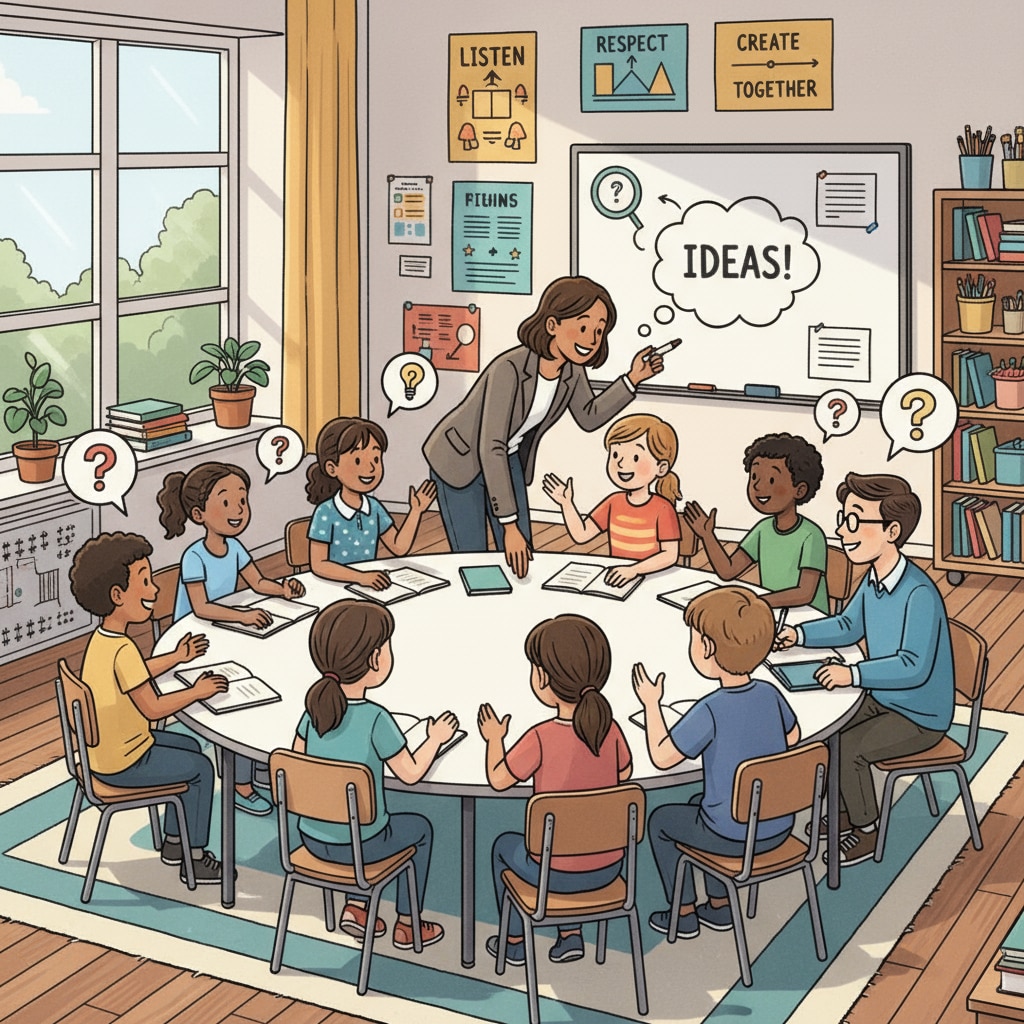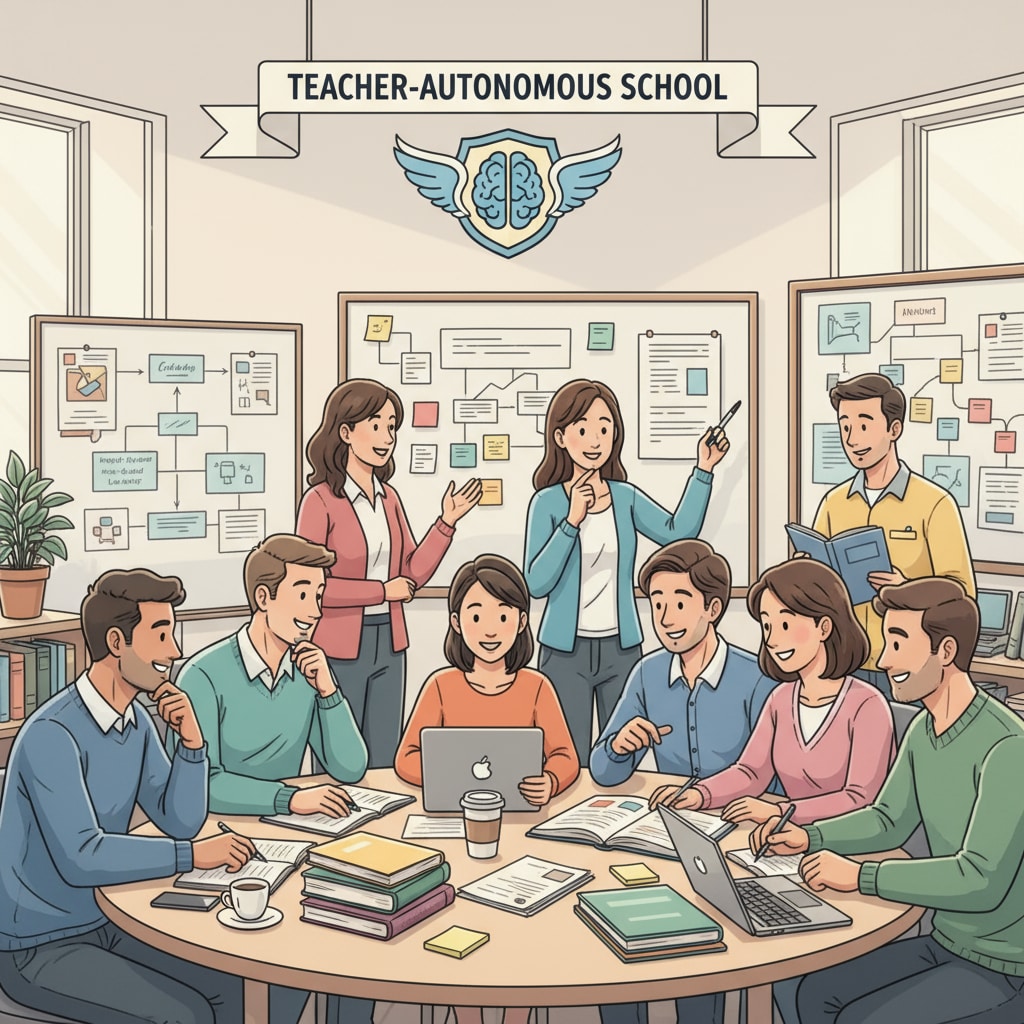Non – traditional school leadership, democratic schools, and teacher – autonomous schools are redefining the K12 educational experience in various parts of the world. In countries such as Australia, the UK, and the US, a growing number of educational institutions are moving away from the traditional hierarchical leadership model centered around a single principal. These “principal – less” schools are not only challenging the status quo but also offering new perspectives on how education can be more student – centered, collaborative, and innovative.

The Rise of Democratic Schools
Democratic schools are at the forefront of this educational revolution. In these institutions, decision – making is a shared process. Students and teachers alike have a say in matters that affect the school environment, curriculum, and disciplinary policies. For example, in some democratic schools, students participate in weekly school meetings where they can propose new rules or changes to existing ones. This hands – on approach to governance empowers students to take ownership of their learning environment. According to Wikipedia’s page on democratic education, democratic schools often have a more relaxed classroom atmosphere, which can lead to increased student engagement and creativity.
Teacher – Autonomous School Models
Teacher – autonomous schools, on the other hand, put the power in the hands of the educators. Teachers are given more autonomy in designing the curriculum, choosing teaching methods, and managing the classroom. In these schools, there is less top – down management. Instead, teachers form collaborative teams to make decisions that are best for their students. For instance, a group of teachers might decide to implement a project – based learning approach across different subjects. This model allows for more flexibility and innovation in teaching. As Britannica’s article on educational reform mentions, teacher – autonomous models can attract highly motivated and creative teachers who thrive in an environment of freedom and collaboration.

The operation of these non – traditional schools is based on strong educational philosophies. They believe that traditional leadership structures can sometimes limit the potential of both students and teachers. By distributing power more evenly, these schools aim to create a more inclusive and dynamic learning environment. The results of these experiments in non – traditional leadership are starting to show. Many of these schools report higher levels of student satisfaction, improved academic performance, and a more positive school culture.
Readability guidance: We have used short paragraphs to make the content easily digestible. The lists and examples help to illustrate the key points. The use of transition words like “for example” and “on the other hand” makes the flow of the article smooth. The passive语态 is kept to a minimum, and the sentences are of an appropriate length to enhance readability.


